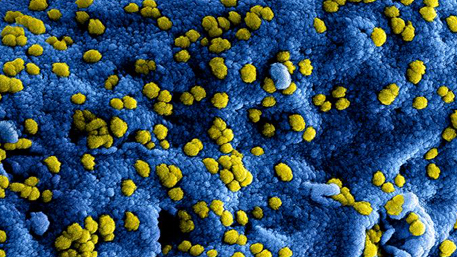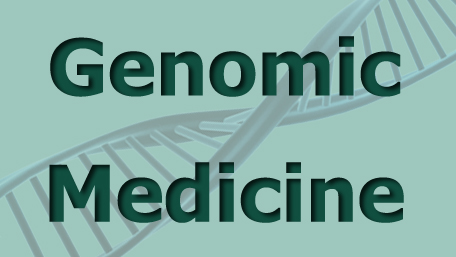
09/25/2020
Hot Topics of the Day are picked by experts to capture the latest information and publications on public health genomics and precision health for various diseases and health topics. Sources include published scientific literature, reviews, blogs and popular press articles.
Sign up MyPHGKB to receive the daily hot topic email alert.
Archived Hot Topics of the Day By Date
Inborn errors of type I IFN immunity in patients with life-threatening COVID-19
Q Zhang et al, Science, September 24, 2020
Auto-antibodies against type I IFNs in patients with life-threatening COVID-19
P Bastard et al, Science, September 24, 2020
Hidden immune weakness found in 14% of gravely ill COVID-19 patients
M Wadman, Science, September 24, 2020
The code: How genetic science helped expose a secret coronavirus outbreak
S Kaplan et al, Washington Post, September 25, 2020
The COVID-19 PHARMACOME: Rational Selection of Drug Repurposing Candidates from Multimodal Knowledge Harmonization
BT Schultz et al, BIORXIV, September 22, 2020
Mass cytometry and artificial intelligence define CD169 as a specific marker of SARS-CoV2-induced acute respiratory distress syndrome
M Roussel et al, BIORXIV, September 22, 2020
Drug Repurposing for COVID-19 using Graph Neural Network with Genetic, Mechanistic, and Epidemiological Validation
K Hsieh et al, ARXIV< September 22, 2020
Using Machine Learning to Develop a Novel COVID-19 Vulnerability Index (C19VI
A Tiwari et al, ARXIV, September 22, 2020
Revisiting the Roles of Primary Care Clinicians in Genetic Medicine.
Hull Leland E et al. JAMA 2020 Sep
Disclaimer: Articles listed in Hot Topics of the Day are selected by Public Health Genomics Branch to provide current awareness of the scientific literature and news. Inclusion in the update does not necessarily represent the views of the Centers for Disease Control and Prevention nor does it imply endorsement of the article's methods or findings. CDC and DHHS assume no responsibility for the factual accuracy of the items presented. The selection, omission, or content of items does not imply any endorsement or other position taken by CDC or DHHS. Opinion, findings and conclusions expressed by the original authors of items included in the Clips, or persons quoted therein, are strictly their own and are in no way meant to represent the opinion or views of CDC or DHHS. References to publications, news sources, and non-CDC Websites are provided solely for informational purposes and do not imply endorsement by CDC or DHHS.
- Page last reviewed:Feb 1, 2024
- Content source:


 Pinterest
Pinterest
